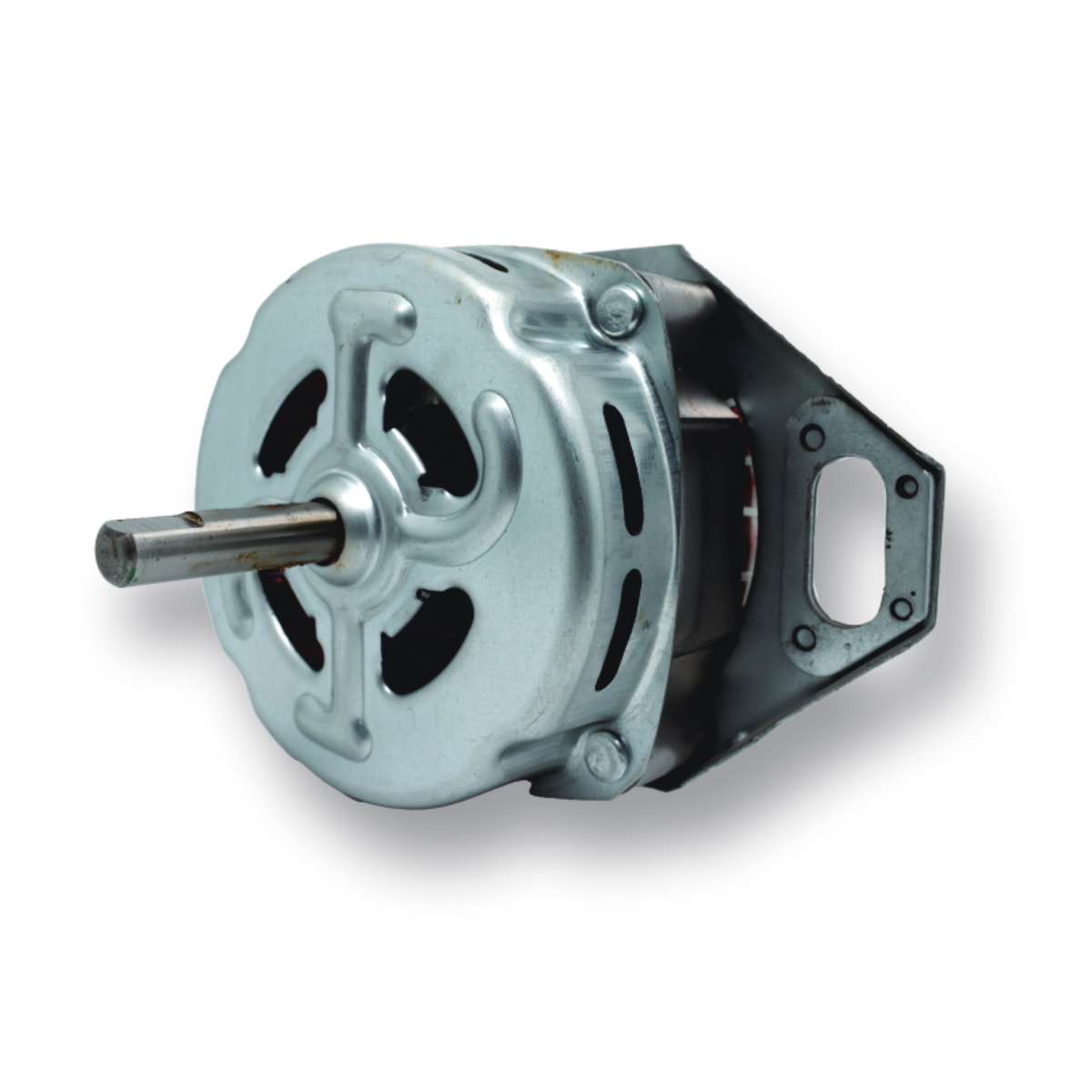Understanding the Role of the AC Fan Motor
The outdoor AC condenser unit, a crucial component of your HVAC system, contains the fan motor responsible for circulating air over the condenser coils. This process allows the refrigerant to cool after heat is expelled, ensuring your home maintains a comfortable temperature. Typically, a well-maintained AC fan motor can last between 10 to 15 years. However, neglecting regular maintenance can significantly reduce its lifespan. In this article, we will discuss the critical signs indicating your outdoor AC fan motor may be failing.
Components and Functionality
The AC fan motor is part of the outdoor condenser unit, which is often exposed to harsh environmental conditions. It powers the fan blades that drive cool air over condenser coils, facilitating heat exchange. This process is vital for the refrigerant cycle, as it enables the system to efficiently cool the indoor environment. Without the fan motor's operation, the refrigerant cannot efficiently release absorbed heat.
Common Symptoms of a Bad AC Fan Motor
Detecting issues with your AC fan motor early can prevent more severe problems and costly repairs. Here are the key symptoms to watch for:
Fan Fails to Start
The most evident sign of a malfunctioning fan motor is if the fan blades refuse to start. This failure could lead to other issues, such as a frozen evaporator coil, which can cause the system to shut down entirely. Immediate attention from a qualified technician is essential in such cases.
Sluggish Fan Movement
Sometimes, the fan blades may spin but at a slower pace than usual. This sluggish performance indicates a motor on the verge of failure, resulting in reduced airflow, higher energy bills, and potential strain on the system. Professional assessment is recommended for further diagnosis and repair.
Unusual Noises Indicating Motor Issues
Loud and unusual noises from your AC unit, such as rattling, grinding, or squealing, suggest potential fan motor problems.
Identifying Noise Types
These noises often result from worn-out bearings or damaged motor components. Rattling might indicate loose parts, while squealing could suggest bearing problems. Addressing these noises promptly can prevent further damage to the motor and adjacent components.
Signs of Overheating in the Fan Motor
Overheating is another significant indicator of fan motor issues. It can lead to increased energy consumption and potential system failure.
Burning Smells and Shutdowns
Signs of overheating include a burning smell emanating from the vents or unexpected system shutdowns. Overheating results from dirt buildup or general wear and tear, increasing the risk of electrical hazards.
Short Cycling and Electrical Issues
Short cycling, where the AC system turns on and off frequently, can be a sign of a malfunctioning fan motor.
Causes and Consequences
- Improper refrigerant levels
- Dirty filters restricting airflow
- Faulty thermostat
Such cycling can lead to increased wear on system components, higher energy bills, and discomfort due to irregular cooling.
Inspecting the Capacitor’s Role in Motor Function
The capacitor is a crucial component that provides the necessary energy for the fan motor to start and operate. A malfunctioning capacitor may be mistaken for a bad fan motor.
Visual Inspection Tips
To inspect, safely remove the condenser unit's side panel after switching off the power. A swollen capacitor indicates a problem, while a flat one might still suggest a fan motor issue.
Cost Considerations for Fan Motor Replacement
Replacing an AC fan motor can range from $250 to $800, depending on various factors.
Factors Affecting Cost
- Type of motor required
- Brand and model of the air conditioner
- Warranty and special ordering requirements
Understanding these factors helps homeowners budget for potential repairs or replacements.
Maintenance Tips for Prolonging Fan Motor Life
Regular maintenance is essential to avoid premature fan motor failure.
Routine Check-ups
Annual HVAC maintenance should include a thorough inspection of the fan motor. Cleaning, checking wiring, and ensuring proper lubrication can extend its lifespan significantly.
DIY Checks Before Calling a Professional
Before reaching out to a technician, consider performing some basic checks.
Steps for Initial Diagnosis
- Ensure the thermostat is on
- Check for tripped breakers
- Inspect air filters for cleanliness
- Visually assess the fan for movement
These steps can help pinpoint the issue and determine if professional help is required.
When to Contact an HVAC Technician
If the above checks do not resolve the issue, it's time to involve a professional technician. They possess the expertise to diagnose problems accurately and recommend the appropriate solutions, whether it's repair or replacement.
Hanlang Technology Provide Solutions
At Hanlang Technology, we specialize in providing efficient solutions for all your HVAC needs. Our comprehensive services include diagnostic assessments, repair, and replacement of fan motors using high-quality components from our trusted network of manufacturers and factories. We offer competitive pricing and ensure that our services maintain the highest standards of safety and reliability. Contact us for tailored solutions that enhance your system's performance and longevity.
User hot search: outdoor unit fan motor



